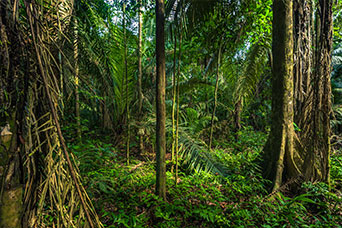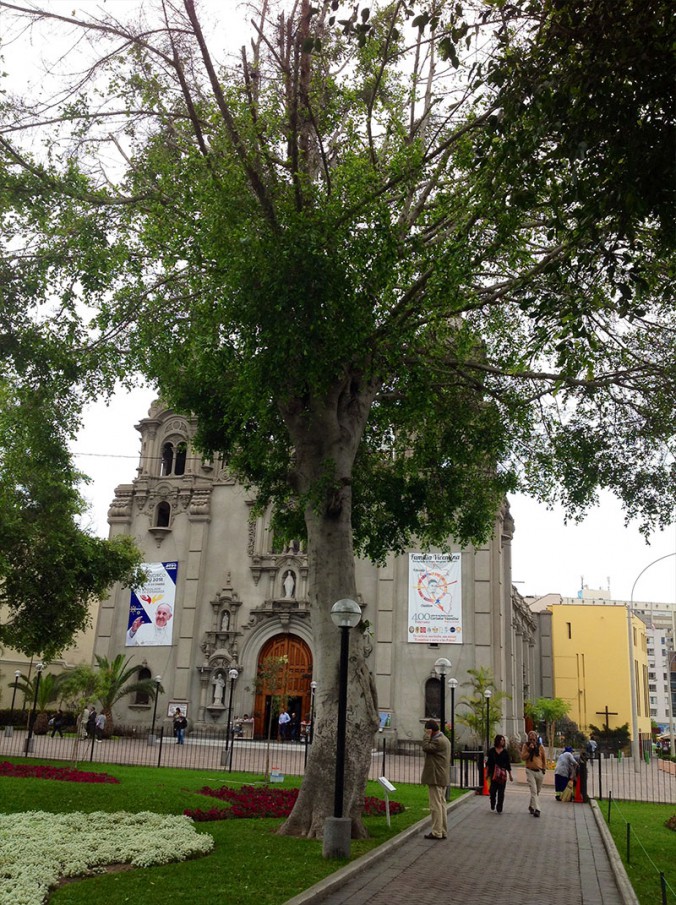Recently been working in Peru where there is much excitement about the upcoming visit by Pope Francis in this almost universally Catholic country. Also of course Peru is famed as Amazon jungle country.
Peru is the fourth largest tropical forest country on the planet. Half of Peru’s land base is classified as forest, the vast majority of which is in the Amazon basin. Its Amazon forests are one of the world’s most biodiverse regions. Deforestation in Peru has traditionally been very low, 0.2-0.4 per cent annually, largely due to difficulty of access.
Current logging activity is concentrated in the Ucayali region, near the river port of Pucallpa, and increasingly along the newly completed inter-oceanic highway linking Brazil with southern Peru in the state of Madre de Dios.
Most forested land in the Peruvian Amazon is held by the state or occupied by indigenous people. Peru reformed its forest governance in 2000-2001 with changes in regulation and the introduction of long term logging concessions in an attempt to promote sustainable forest management. Although delayed considerably, this concession system has now allocated large areas, approximately seven million hectares. While concession law favors local landholders, many argue that the system is corrupt and dominated by big timber companies who simply ‘enable’ locals through a patronage system.

Peruvian Amazon… one of the world’s most biodiverse regions.
Peru remains the subject of reports of illegal logging. In 2012, the Environmental Intelligence Agency completed an investigative report of illegal logging activity in the Peruvian Amazon. This report claimed widespread illegal timber trade and corruption in forest logging concessions.
